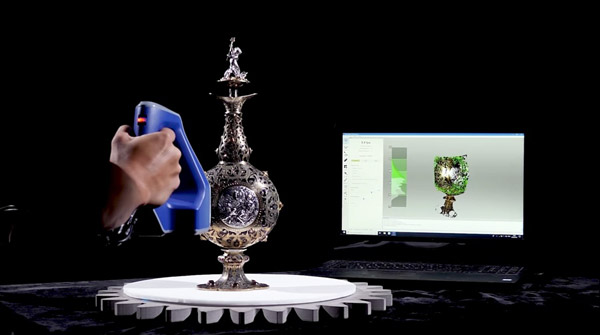
The Victoria Albert Museum, located in London, UK, uses a 3D scanner to analyze and store the scan data of three-dimensional sculptures. Collecting image data for works with complex shapes or decorations using a small scanner.
The museum scanned 23 objects, including glass flasks purchased at the World Expo in London in 1851. Data can be printed out as gypsum powder over 8 hours using a 3D printer. As before, there is no need for artisans to duplicate, and the era has opened in which they can duplicate without touching them.
There is always a risk of suffering from a natural disaster or the fact that the Islamic State of ISIS has destroyed the history of Iraq and the Syrian world heritage. It goes without saying that leaving data in preparation for this can help preserve artwork. It can be a good idea to display the printed results on a 3D printer instead of lending them to other museums.
For reference, the museum is said to have a permanent collection of over 2.3 million works from the 5,000-year history of mankind. Related information can be found here .


















Add comment